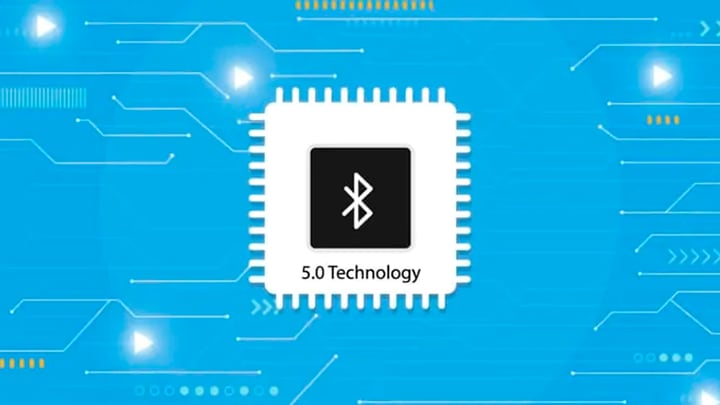Cycling has come a long way in a short burst of time, thanks to
Garmin’s innovation in performance GPS cycling technology. Equipping
bicycles with an onboard computer, Garmin® has turned
bicycling into a dynamic user experience that immerses the rider in a world of
personalized performance monitoring and insights.
Garmin’s cycling computers are an intuitive riding partner for all
types of riders, ranging from urban cyclist to hard-core performance racer.
The Garmin Edge® 530 features a button design and a 2.6-inch
high-resolution color display and the Edge 830 offers a touchscreen display
that is quick and responsive—even when wet or used with gloves. Both
devices offer new ride data and guidance, navigational enhancements, safety
and tracking features. They provide customized information for the rider, such
as in-ride notifications of when it’s time to hydrate or eat, as well
as a tracking metric that compares the intensity of the rider’s effort
to previous weeks and months.
The battery life of the Edge 530 and Edge 830 weighs in at an impressive 20
hours with GPS and is extendable to up to 40 hours in battery save mode.
That’s a long bike ride for sure, but no matter how long the ride, the
peace of mind of a battery with a longer life is something that every rider
values.
How is this all made possible?
NXP Shifts the Garmin Bicycle Computer into High Gear
Garmin is opening a path for riders to benefit from the intelligence and
ultra-efficient power processing within new i.MX devices enabling much longer
battery life, as well as turn-by-turn navigation with smarter mapping
capabilities at 2x faster speeds than previous models, so the cyclist can
spend more time riding, not waiting around.
Ideal for a portable device that needs a long battery life,
NXP’s i.MX 7ULP is a family of applications processors
that represent a breakthrough in ultra-low-power and is at the core of the
Edge 530 and Edge 830, Garmin’s latest performance GPS cycling
computers. The processor achieves the astonishing feat of combining enhanced
performance and reduced power consumption,
leveraging Fully Depleted Silicon on Insulator (FD-SOI) process technology.
This translates into an incredible cycling experience for the rider who reaps
the benefits of the i.MX 7ULP processor’s ability to render faster GPS
mapping that keeps pace with the road adventurer, while ensuring the device is
powered for those long, winding journeys.
Serving as the “brain” of the bicycle computer, the i.MX 7ULP
features NXP’s advanced implementation of the
Arm® Cortex®-A7 and Cortex-M4 cores, as
well as a 3D and 2D graphics processing units (GPUs). The i.MX 7ULP’s
heterogeneous domain computing architecture delivers higher performance,
processing graphics for the GPS map on the Cortex-A core, while handling other
things, such as sensor data, on the Cortex-M core.
The heterogeneous domain computing architecture also makes it possible for the
Garmin Edge 530 and Edge 830 to dynamically shift between high- and low-power
modes depending on what the rider is doing, while route calculation time and
map drawing speeds are accelerated due to improved CPU and system performance
and leveraging lower power DDR for a more expansive map data set.
This processing power and high performance are what help make Garmin’s
cycling computers versatile and connected devices, further demonstrating the
impact of NXP’s IoT innovation that is changing the way people live,
work and play.
Just as cycling requires balance, coordination, strength and vision,
NXP’s i.MX 7ULP
processor combines all of the winning capabilities to make it the perfect
riding partner for bicycle computers that are climbing the highest
mountains—and bringing out the adventurer in all of us.




